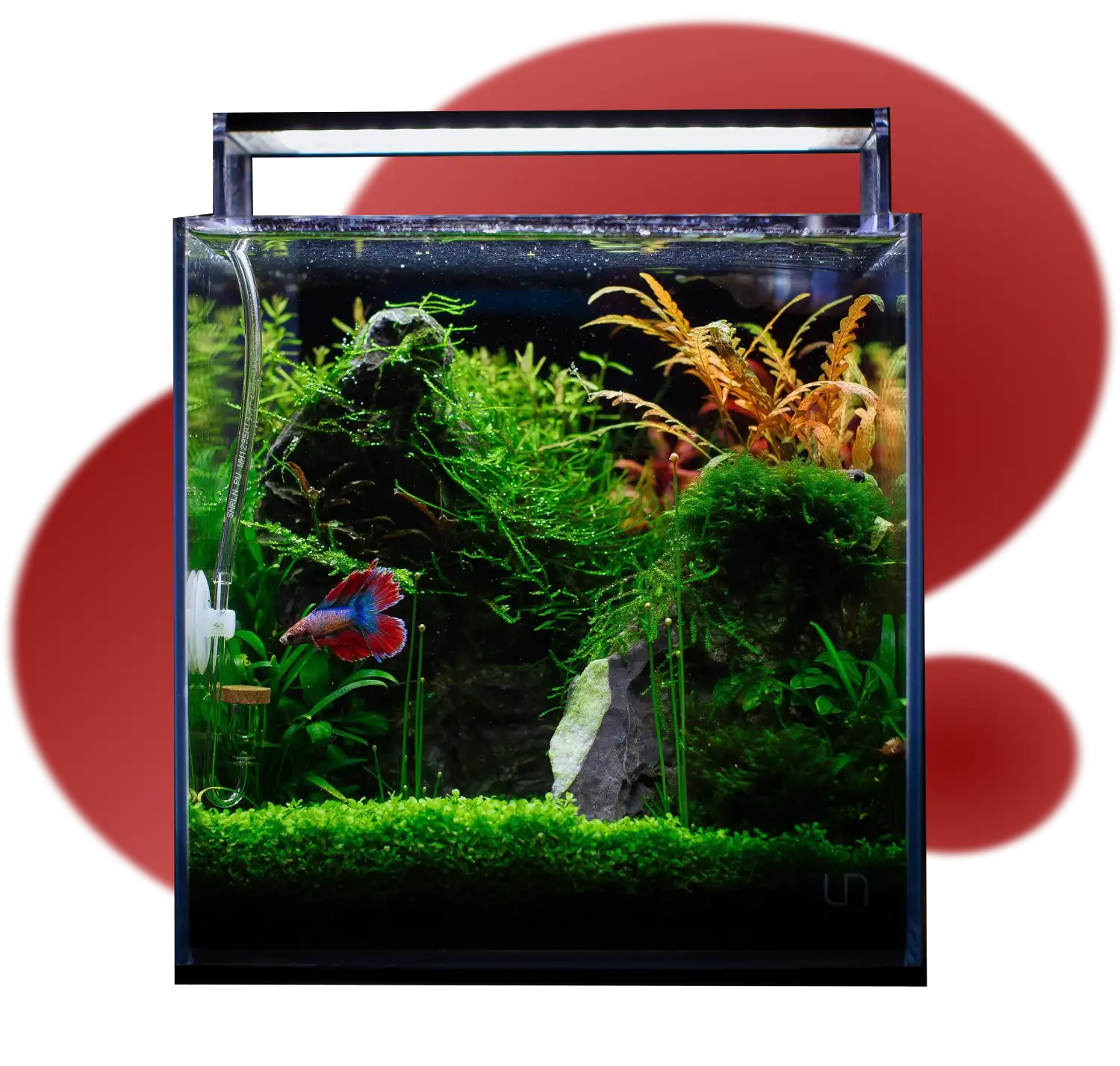
Chapter 2
Everything you need for your betta to thrive
Now that we’ve covered the responsibilities that come with caring for a betta, let’s focus on how to achieve it.
- What tank size do you need
- Where to place it
- The ins and outs of equipment for bettas

Tank Basics
The ins and outs
Choosing the right tank
Tanks come in all shapes and forms. For the most part, the shape will be more of a design choice rather an influence of on your fish’s wellbeing.
How big of a tank should you get?
The minimum tank size for a single male betta is 5 gallons. Truth be told, bettas are popular mainly because they don’t require a big footprint. You can go for a 10 or 15-gallon tank, mainly because bigger tanks are easier to maintain the water in, but you would need anything larger than that.
What about a bowl?
Bowls typically are not great for bettas- even though they are associated with them.
Bowls don’t allow for much room to roam and establish a territory- which is vital for your bettas being.
You won’t be able to place a heater, filter or any decoration in a bowl- which will not only make it harder on you but just a sad tank overall.
Male VS Females
Male Bettas

Pros – Stunning, vibrant colors and long, flowing fins; often more visually striking.
Cons – Can be aggressive and territorial, very limited selection for tank mates
Female Bettas
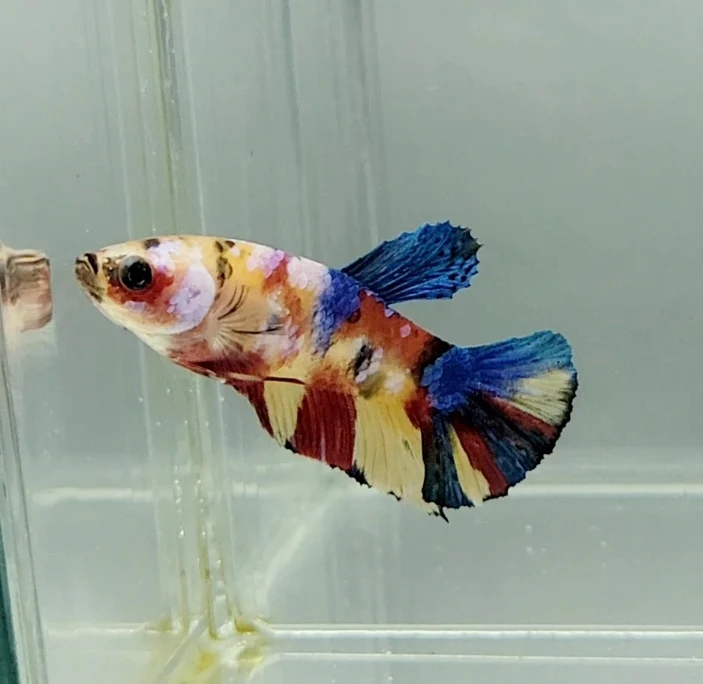
Pros – Can live in small groups and are less territorial and aggressive compared to males.
Cons – Not nearly as impressive as males are and can still be territorial nonetheless.
Go with a male betta- they are popular for a reason. They are beautiful fish and pretty much require a small tank. Because of the dramatic difference in visuals between them and females- go for a male.
Where should you place your tank?

Direct sunlight can increase the water temperature of the water to unsafe levels.
Build your own VS Tank kit
Build Your Own
Pros
- Customization: Build a tank tailored to your preferences and available space, allowing for unique designs and sizes.
- Cost Control: Potentially lower costs as you can select budget-friendly materials and components based on your needs.
Cons
- Extra Work: You’ll nee to research and find the equipment.
Tank Kit
Pros
- Convenience: Tank kits come with pre-selected components, saving you time and effort in choosing compatible equipment.
- Complete Package: Kits typically include essential accessories like filters, heaters, and lighting, ensuring a well-equipped environment for your guppies.
Cons
- Limited Customization: Less flexibility in design and size compared to building your own tank.
- Cost: While convenient, tank kits may be more expensive than sourcing individual components, especially for larger setups.

Part 2 - Essential Equipment
The Equipment you can't live without
Do You Even Need Equipment?
If you answer yes to any of the following, then yes, you’d need equipment:
- Want to ensure longevity
- Want more time between water changes and less water changes
- Want your betta to thrive
- A beginner and afraid to hurt your fish
Technically, you can keep a betta alive without any equipment- but that’s a pretty miserable life for the fish. Below we’ll explore how each piece of equipment helps keep your fish healthy.
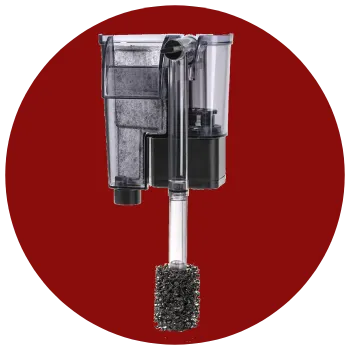
Filter
A filter buys you more time in between water changes. With a filter, you have to change the water less frequently and less of it, so you can spend more time bonding with your fish.

Heater
A heater prevents your betta from getting stressed out because of temperature fluctuations. As tropical fish, bettas are sensitive to water that is too cold or hot. A heater keeps it at a comfy 78-80F for your betta.
Other Equipment You'll Need
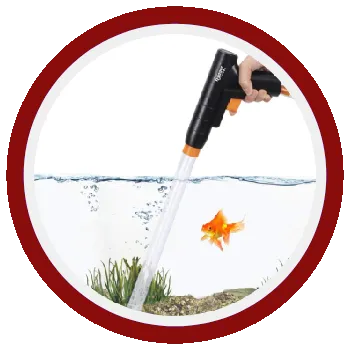
Siphon Pump
Simplifies water changes and removing debris from the substrate.
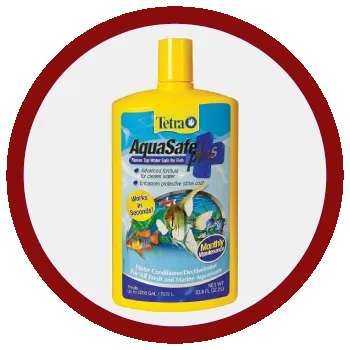
Water Conditioner
Removes harmful chemicals, making tap water safe for use in an aquarium.
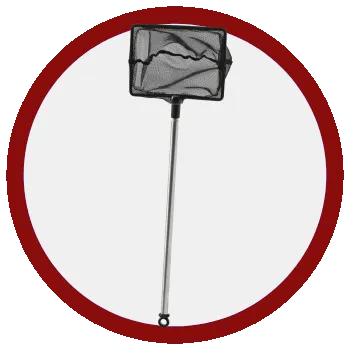
Fish Net
A handy tool for safely catching and relocating your fish.
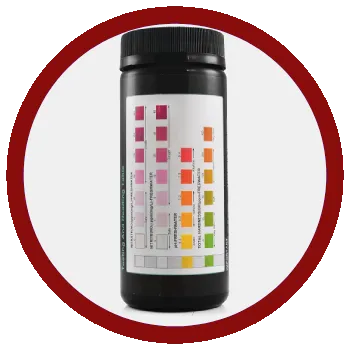
Testing Strips
Help you monitor water parameters, ensuring optimal conditions for your betta.
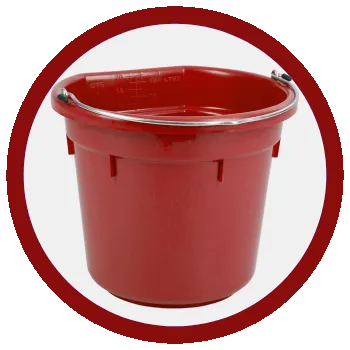
Bucket
An essential tool for water changes.

Tank Decor
Essential for your betta to feel safe and have a place to hide

Substrate, Plants & Everything Else
Other tank must have for longevity
Choosing the right substrate
Truth be told, you can’t go too wrong choosing a substrate.
As a general rule of thumb, you’re going for a porous, rounded-edge substrate. Examples are sand and gravel. Not only does the substrate play a big role in how your tank looks and feels, but it makes cleaning a whole lot easier.
Common examples are sand and gravel.
Another option that you’ll out there is crushed coral and limestone. While both are solid substrates, they both lower the pH levels in the tank. It’s easiest to avoid them for your first tank, but if decide you can’t live without them- you’d need to add driftwood to the tank to balance the pH.
Real Plants VS Fake Plants
Pros
- Natural environment: Plants provide a natural habitat for guppies, offering hiding places, reducing stress, and promoting breeding.
- Improved water quality: Plants absorb nitrates, a harmful waste product produced by fish, contributing to cleaner water.
- Stability: Plants help stabilize water parameters, making the environment more stable for guppies.
- Aesthetics: A beautiful planted tank can be an aesthetically pleasing addition to your home.
- Additional food source: Some plants can offer a supplemental food source for guppies, especially fry.
Cons
- Requires more maintenance: Plants require specific lighting, CO2 levels, and nutrients, demanding more upkeep than a non-planted tank.
- Costs more to set up: Planted tanks require additional equipment and supplies, such as lighting systems, CO2 injectors, and fertilizers, increasing the initial setup cost.
- Potential algae problems: Incorrect lighting, nutrient balance, or CO2 levels can lead to algae blooms, harming both plants and fish.
- Some plants are not guppy-friendly: Certain plants may harm your betta by being sharp, releasing toxins, or competing for resources. Researching suitable plants is crucial.
- Requires knowledge of plant care: Understanding plant requirements for lighting, nutrients, and CO2 is necessary for maintaining a successful planted tank.
Overall, a planted tank can be a rewarding experience for beginner betta keepers, but it requires more commitment and knowledge than a non-planted tank. I would only get plants if you enjoy gardening and caring for them- otherwise, they’re a chore.
Decoration & Betta Toys
You might giggle when you read this next line, but- decorations are actually important to your betta.
For bettas, decorations serve several purposes. They provide hiding spots, resting places, and territorial boundaries. Bettas are known to appreciate resting on leaves near the water surface, and decorations can simulate this natural behavior.
Additionally, certain decorations, such as silk or live plants, can offer hiding places and break lines of sight, reducing stress and aggression among bettas.
Because bettas have a solitary nature, they are known to be playful with toys. those are usually caves and suction cup mounted fake leaves that serve as a hammock.
Recap
To get started with a betta, you’ll need a minimum of a 5-gallon tank.
Choose a stable place for your tank- away from windows, AC blow paths, or hot pipes.
The 3 core pieces of equipment you’ll need are a tank, a heater, and a filter.
While it’s possible to keep a betta in tank without any other equipment- you’ll need to care for it a lot more constantly.
Other equipment you’ll need: water conditioner, siphon pump, fishnet, decoration, testing strips, and a bucket
